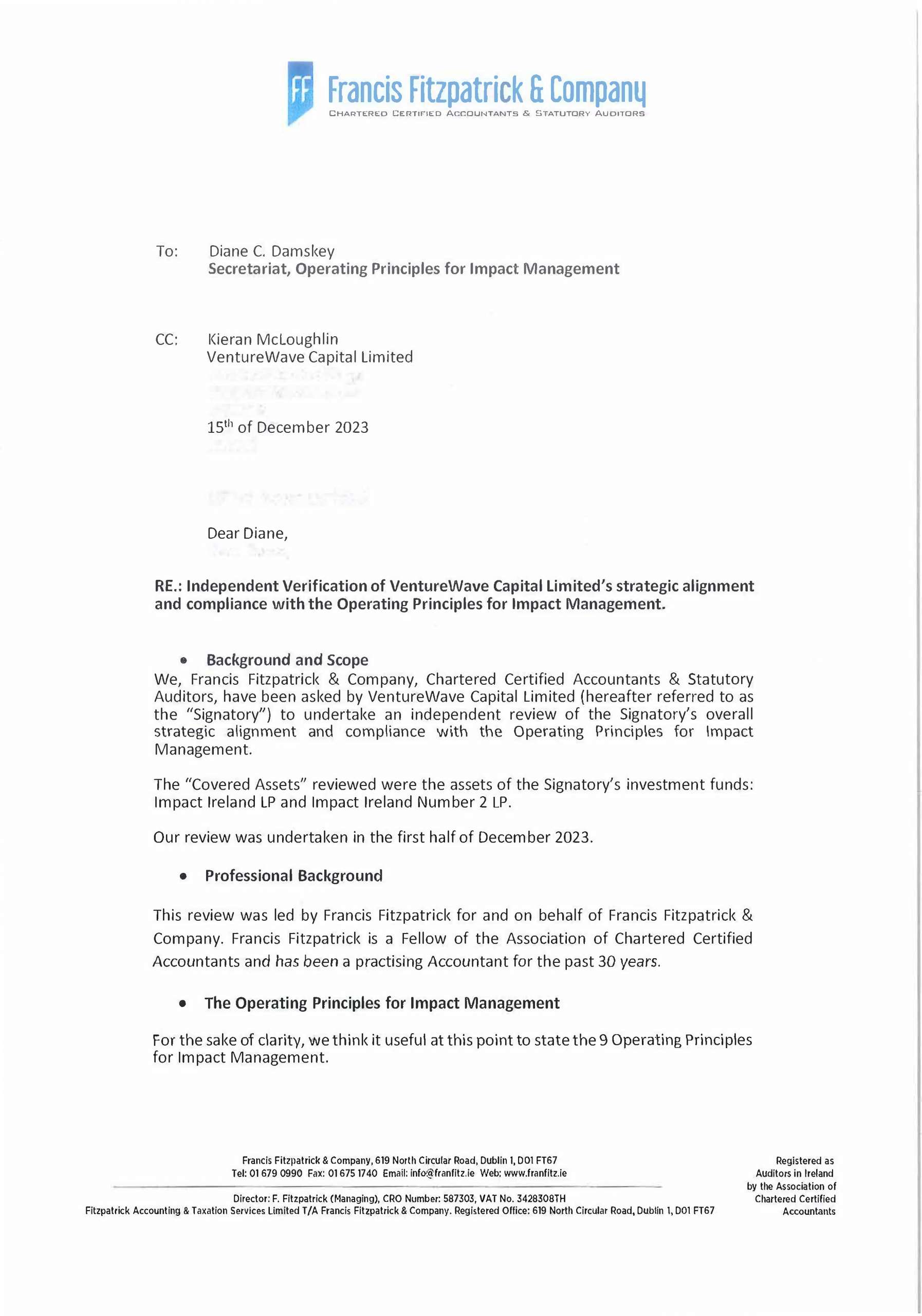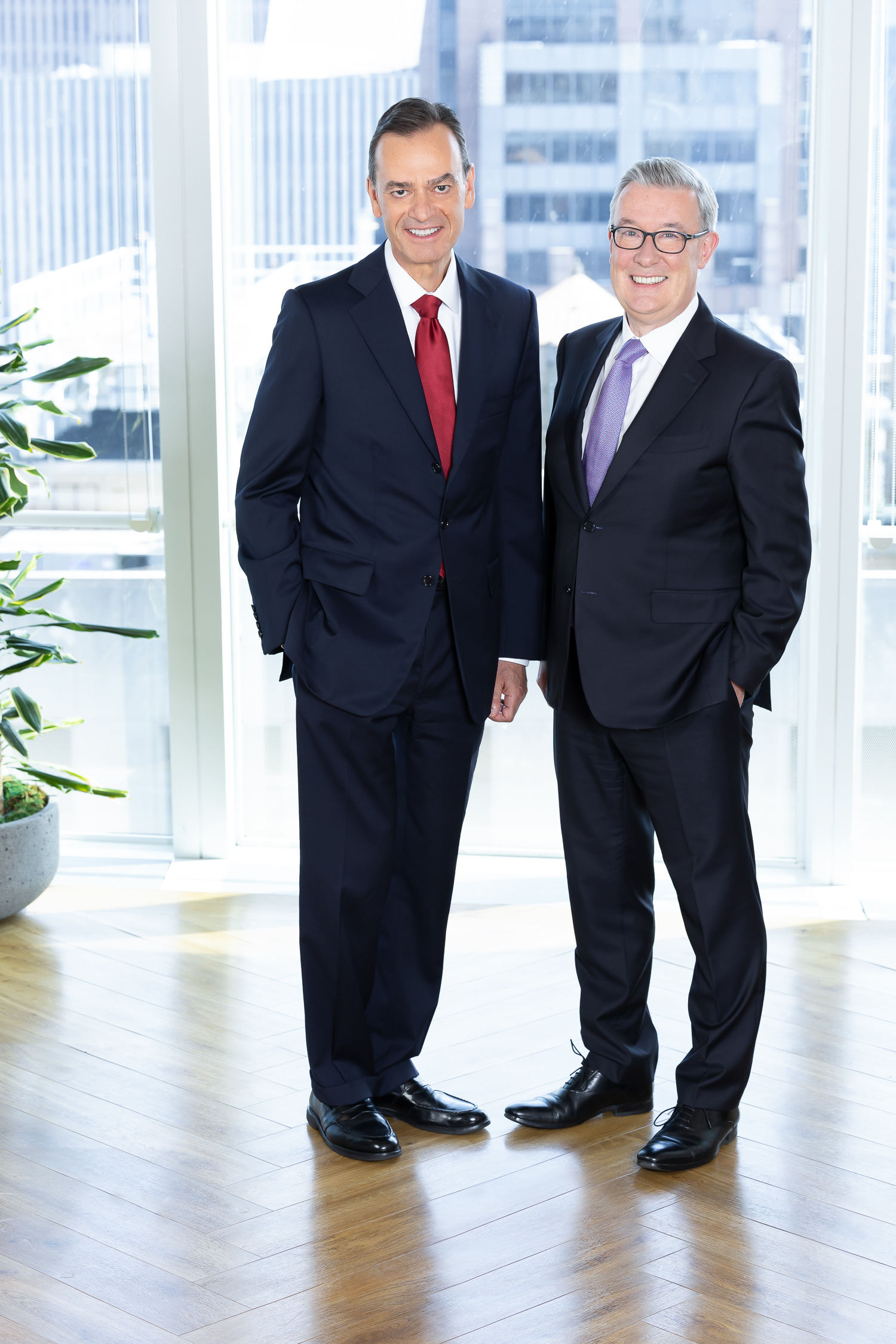The concept of sustainable development formed the basis of the United Nations Conference on Environment and Development held in Rio de Janeiro in 1992. The summit marked the first international attempt to draw up action plans and strategies for moving towards a more sustainable world.
In 1987 the Brundtland Commission issued their report entitled Our Common Future. They had carried out an investigation into concerns that human activity was having severe and negative impacts on the planet, and that patterns of growth and development would be unsustainable if they continued.
The concept of sustainable development first received major international recognition in 1972 at the UN Conference on the Human Environment held in Stockholm. The term itself was not used, but nevertheless the international community agreed to the notion – now fundamental to sustainable development – that both development and the environment, previously addressed as separate issues, could be managed together in a mutually beneficial way.
The term was popularised 15 years later in Our Common Future, the report of the World Commission on Environment and Development, which included what is deemed the ‘classic’ definition of sustainable development:
“development which meets the needs of the present without compromising the ability of future generations to meet their own needs”.
It was not until the Rio Summit in 1992, however, that major world leaders recognised sustainable development as the major challenge it remains today. Activism continued until 2000 when The Millennium Development Goals were developed to lead the world towards a more sustainable future by 2015.
Recognizing the success of the Goals in terms of promoting awareness at least – and the fact that a new development agenda was needed beyond 2015 – countries agreed in 2012 at Rio+20, the UN Conference on Sustainable Development, to establish an open working group to develop a set of sustainable development goals.
After more than a year of negotiations, the Open Working Group presented its recommendation for the 17 sustainable development goals. In early August 2015, the 193 member states of the United Nations reached consensus on the outcome document of the new agenda “Transforming our World: The 2030 Agenda for Sustainable Development”.
Finally, in 2015, countries adopted the 2030 Agenda for Sustainable Development and its 17 Sustainable Development Goals – reproduced overleaf. These SDGs came into force from January 2016 and form the basis of the VentureWave Capital Investment Assessment approach.
The concept of sustainable development formed the basis of the United Nations Conference on Environment and Development held in Rio de Janeiro in 1992. The summit marked the first international attempt to draw up action plans and strategies for moving towards a more sustainable world.
In 1987 the Brundtland Commission issued their report entitled Our Common Future. They had carried out an investigation into concerns that human activity was having severe and negative impacts on the planet, and that patterns of growth and development would be unsustainable if they continued.
The concept of sustainable development first received major international recognition in 1972 at the UN Conference on the Human Environment held in Stockholm. The term itself was not used, but nevertheless the international community agreed to the notion – now fundamental to sustainable development – that both development and the environment, previously addressed as separate issues, could be managed together in a mutually beneficial way.
The term was popularised 15 years later in Our Common Future, the report of the World Commission on Environment and Development, which included what is deemed the ‘classic’ definition of sustainable development:
“development which meets the needs of the present without compromising the ability of future generations to meet their own needs”.
It was not until the Rio Summit in 1992, however, that major world leaders recognised sustainable development as the major challenge it remains today. Activism continued until 2000 when The Millennium Development Goals were developed to lead the world towards a more sustainable future by 2015.
Recognizing the success of the Goals in terms of promoting awareness at least – and the fact that a new development agenda was needed beyond 2015 – countries agreed in 2012 at Rio+20, the UN Conference on Sustainable Development, to establish an open working group to develop a set of sustainable development goals.
After more than a year of negotiations, the Open Working Group presented its recommendation for the 17 sustainable development goals. In early August 2015, the 193 member states of the United Nations reached consensus on the outcome document of the new agenda “Transforming our World: The 2030 Agenda for Sustainable Development”.
Finally, in 2015, countries adopted the 2030 Agenda for Sustainable Development and its 17 Sustainable Development Goals – reproduced overleaf. These SDGs came into force from January 2016 and form the basis of the VentureWave Capital Investment Assessment approach.






